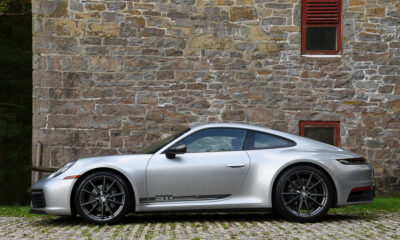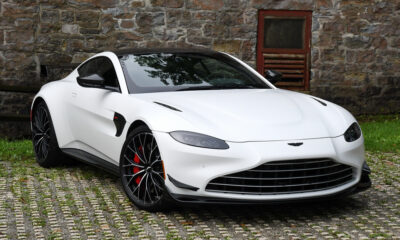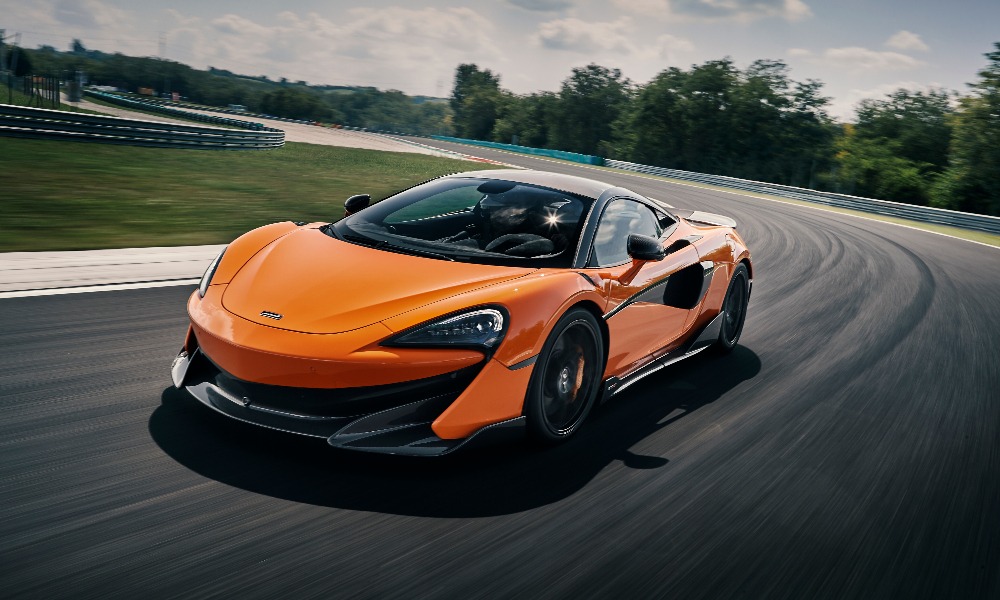
Photo: McLaren
Any McLaren given the ‘LT’ suffix should be taken extremely seriously.
LT, meaning Longtail, stems from the Le Mans-conquering F1 GTR and stands for pushing the boundaries of road car design into the realm of motorsport-level performance.
Its significance is shown by McLaren’s prudence in applying it: only two cars in the company’s portfolio have received the designation since it launched as McLaren Automotive in 2010.
But while Longtail is now more of an ethos than a critical design feature – the 600LT is only 7.4 cm longer than the ‘standard’ 570S – the concept hasn’t deviated from when it was first brought to life in those fearsome GT racers of the ’90s.
The 600LT sits right at the top of the company’s ‘Sports Series’ range, which slots underneath the ‘Super Series’ bracket of 650S, 675LT and 720S territory and the ‘Ultimate Series’ models of P1 and Senna.
Its 3.8-liter twin-turbo V8 engine produces just under 600 horsepower – the same as the F1 GTR – enabling it to dart from 0-60 in 2.8 seconds on to a maximum speed of 204 mph.
With the right configuration, it’s 100 kgs lighter than the 570S, which is a fact we’re instantly made aware of as we enter the Hungaroring pit garages, where McLaren has laid out a trolley of sugar bags to illustrate its point.
This drop has been achieved through a range of new fixtures including ultra-lightweight forged alloy wheels, carbon fiber racing seats and top-end stainless steel exhausts.
The saving serves more than a practical purpose, too, because it follows the tradition of LT models being lighter and nimbler than their immediate predecessors: McLaren removed 135 kg from the 1995 Le Mans-winning F1 GTR to the F1 GTR Longtail, and 100 kg from the 650S to 2015’s 675LT.
Racing, then, is imbued not only in the name of 600LT, but also in the numbers.
It’s therefore important to check if these links to motorsport are also replicated in performance terms, which means taking it to an environment suited to its attributes and where its F1 GTR Longtail forebears once raced in the FIA GT Championship.

Photo: McLaren
Discovering 600LT’s Natural Habitat
The 2.7-mile Hungaroring is an ideal practice bed for what McLaren CEO Mike Flewitt calls the “most extreme road-legal Sports Series model” in the company’s repertoire.
Carved into a bowl of hillside just outside Budapest, Hungary’s ‘Ring packs in a dense collection of turns, elevation and open straights well-suited to the 600LT package.
That’s reassuring for me, with my limited track day experience and even scanter mileage in left-hand drive machinery that goes as far as plodding around Brussels in a Toyota Yaris.
Inexperience certainly isn’t a disadvantage with the 600LT though, because McLaren is confident that even with minimal track outings, it’s possible to flirt tremendously close to the car’s limits and get a good idea of why it’s been blessed with the ‘LT’ moniker.
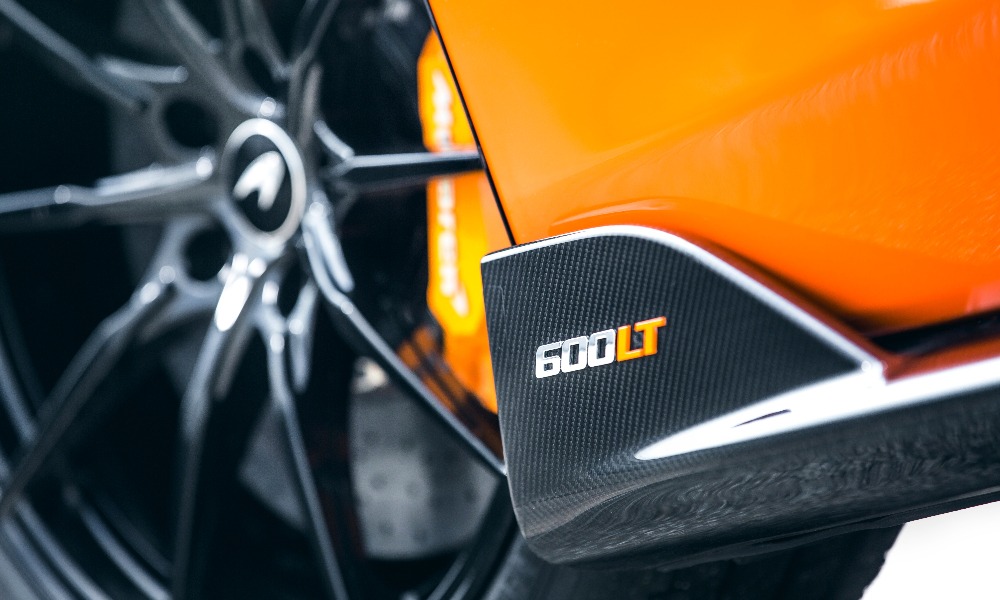
Photo: McLaren
I’m accompanied by Jamie Wall, one of McLaren’s dedicated instructors who in previous times raced in British GT, British Touring Cars and the FIA GT Championship.
His job is to guide me through the car’s controls, how to adapt to the different drive settings (Normal, Sport and Track – we try the latter two) and where to position the car through the Hungaroring’s assortment of unconventional corners.
Other than that, it’s up to me to discover the car’s capabilities and how it reacts to my driving inputs as I become acquainted with the track.
After a few recce laps in a 570S – which is the road-going equivalent of McLaren’s GT4 racer – I’m ushered straight into the 600LT for the first of two fairly intensive sessions.
Heading into Turn 1, Jamie encourages me to brake as hard as I dare so I can appreciate the car’s monumental stopping power.
In line with the 200-meter board, I throw everything onto the left pedal and feel all the power that was previously transferred to the rear upon acceleration fall towards the front, which is probably the 600LT’s most impressive asset.
Even on cold tires, the nose holds impeccably through the slow opening right-hander and continues to stick through the cumbersome turn two before ascending through the forest.
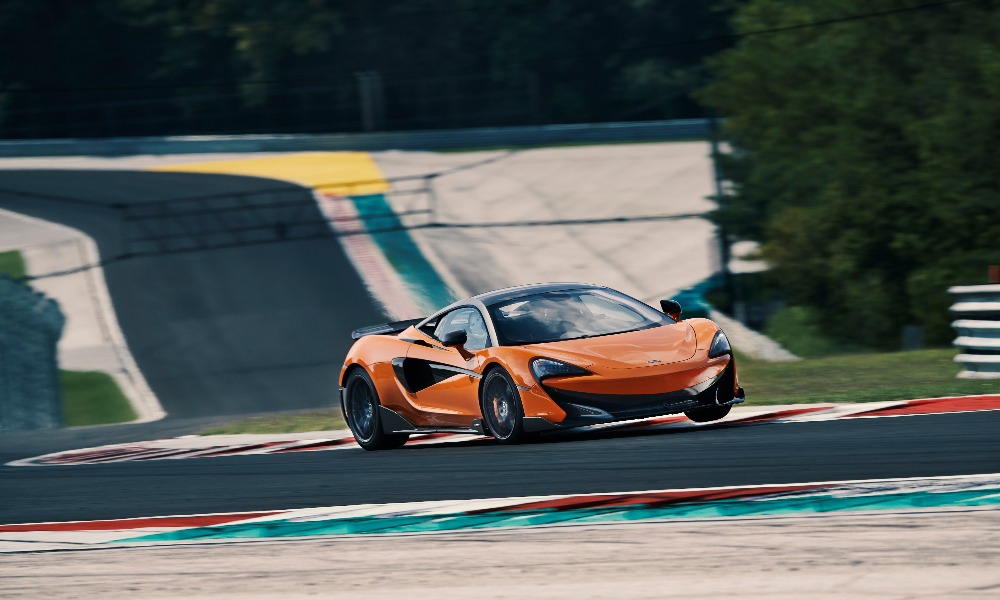
Photo: McLaren
There’s some leftover damp on this part of the circuit from last night’s rain, but there’s no hint of a wiggle as the McLaren sticks confidently through the near-flat right kink of Turn 3 into the super quick turn four left-hander which is precariously perched on top of a blind crest.
That kind of on-rails commitment might not be what a customer hoping to play with the ragged edge is looking for, but rest assured the car can go sideways too.
For a lap-time focused driver, however, it’s a brilliant vote of confidence from the car that will undoubtedly shave off those vital tenths.
Heading through the esses at the back of the circuit, the car seems pinned to the racing line, conducive to the rigorous sawing of the steering wheel this twisty section requires.
You can feel the adjustable electronic stability control kicking in when the back-end starts to cry for a bit of freedom, but crucially the system is supplementing my inputs, rather than invading.
The driver has all the control and gets plenty of feedback from underneath, meaning the reward for a well-taken sequence is immense.
Exiting the final right-hander and onto the sprawling straight, I also start to understand why McLaren is so proud of its 100 kg weight reduction.
Against the 570S, which has only 30 less horsepower, there’s a patent difference in the amount of get-go, although it does tail off once fourth gear is met.
It’s possible this power effect is somehow boosted by the howling noise coming from the upright exhausts positioned within perfect earshot of the driver, which is a nice little reminder of the insane scream produced by the F1 GTR Longtail, as if the past is willing this current LT model on.
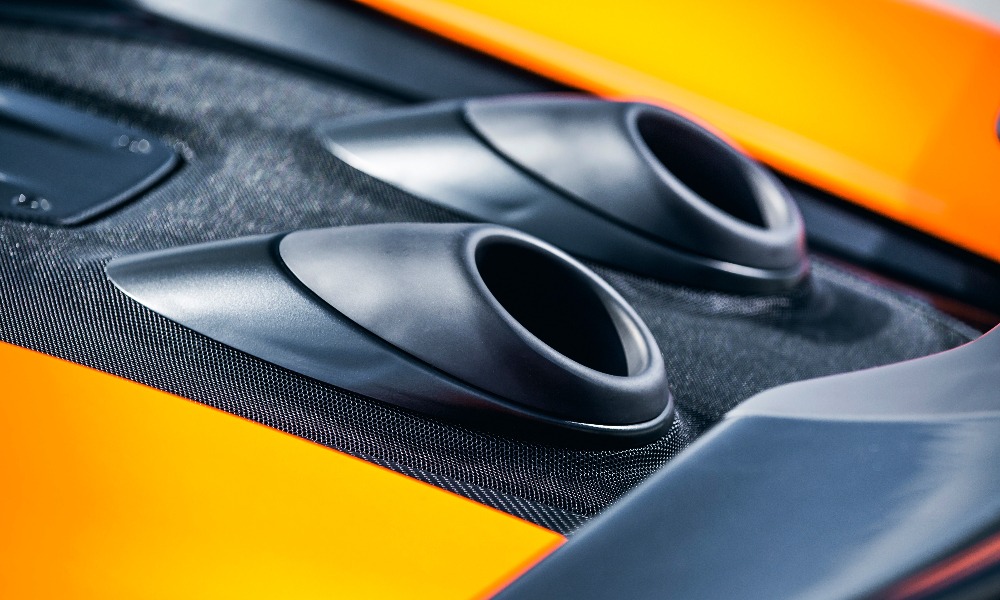
Photo: McLaren
There are few criticisms to lay on McLaren’s latest masterpiece, because it’s just that.
The only real downside is that the ride was less comfortable than the 570S, which uses cushioned sport seats rather than the carbon fiber racing installments found in the 600LT.
But comfort is a sacrifice I’d be willing to accept if it means having the performance edge on other track-focused supercars for less money.
600LT’s baseline price is £185,000 ($240,000), but our edition has around $65,000 worth of extras such as featherweight carbon fiber seats and a string of exterior upgrade packs to improve the aerodynamics.
Compared to rivals, the opening price slightly undercuts the Ferrari 488 GTB and is at least $20,000 cheaper than the more powerful Lamborghini Huracan Performante and Porsche 911 GT2 RS, which are models you’re more likely to compare with Super Series McLarens like the 720S.
That’s the hallmark of a car punching well above its weight.
McLaren has no plans to homologate the 600LT for motorsport, mainly because it’s already working on the upcoming 720S GT3 and is enjoying widespread success with the 570S GT4 in customer hands.
Nonetheless, there’s an obvious homage to the brand’s racing arm through the performance and attitude of this limited production road car, which in some ways makes it a closer relative to McLaren’s current competition stable than the other-worldly Senna.
It’s almost as if McLaren took the LT racing concept, moulded it into the construction of a road car, and then sent it back out on track to show where all the intuition went.
In doing this, McLaren makes clear the connection between its road and race programs is not just on a spiritual-historic level, but also a practical one.

Photo: McLaren


















